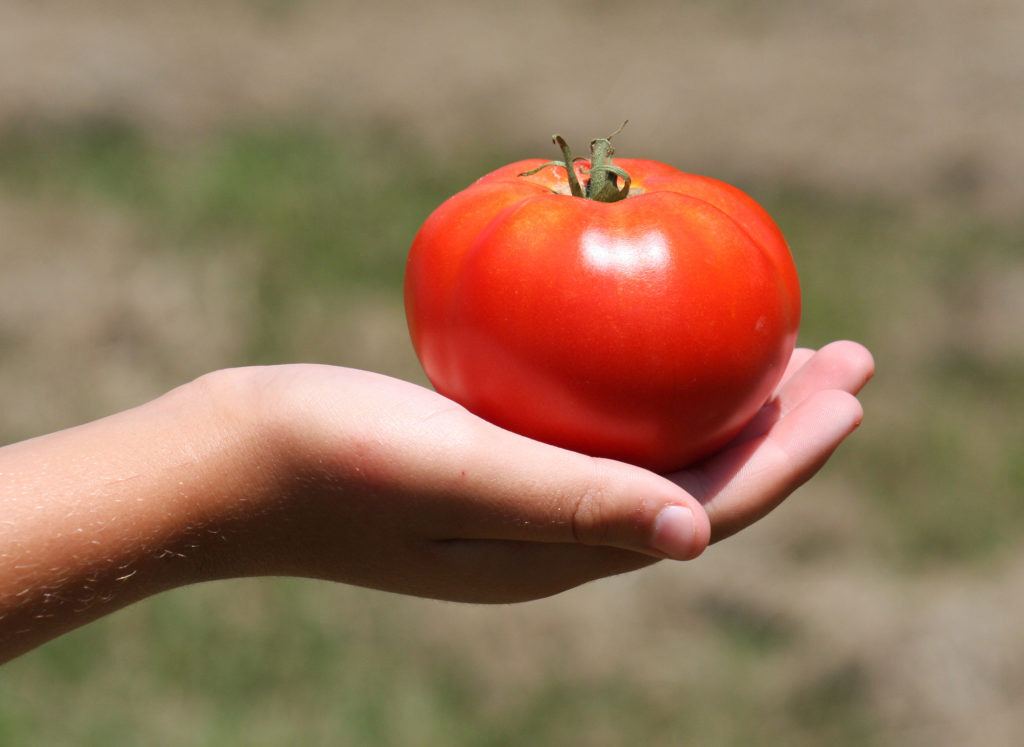
By Clint Thompson
Agricultural imports are so commonplace that a projected increase is not a surprise to Chris Butts, executive director of the Georgia Fruit and Vegetable Growers Association (GFVGA); disappointing but not surprising.
Ag imports in fiscal year (FY) 2025 are forecast at $212 billion, according to the U.S. Department of Agriculture (USDA) Economic Research Service and Foreign Agricultural Service Situation and Outlook Report. USDA now forecasts an agricultural trade deficit of more than $30 billion for the year.

“We were actually just in Washington D.C. (last week) with Commissioner (Tyler) Harper and a group of legislators who also happen to be farmers and growers, and that was a big topic of conversation,” Butts said. “It’s the first time in anyone’s memory that we’ve had this Ag trade deficit, and it’s certainly not all due to fruits and vegetables, but fruits and vegetables continue to play a large part in that deficit, and it’s growing.
“It’s a sign of our growing dependency on other countries for our food; it’s worrisome, and now the numbers are spelling that out.”
Import Statistics
Horticultural import forecast for FY 2025 is $104.5 billion, which is a $4 billion or 4% increase over the FY 2024 forecast. Fresh fruits are the largest component, increasing by 4% to $20.3 billion. Fresh vegetables imports are forecast to grow by $700 million, or 5%, in FY 2025 to $13.5 billion.
Imports, along with labor, remains a top concern for specialty crop producers in Georgia and across the Southeast.
“We always come back to that intersection of trade and labor policies that leave our guys at a disadvantage, and as we continue to see the imports grow, what we also see is that they continue to come in, not on the shoulders of our season, not during times when we’re not marketing fruits and vegetables but it’s increasingly coming on top of our marketing windows across the country,” Butts said.
“It’s become a year-round concern now, and I think the numbers are showing that.”










